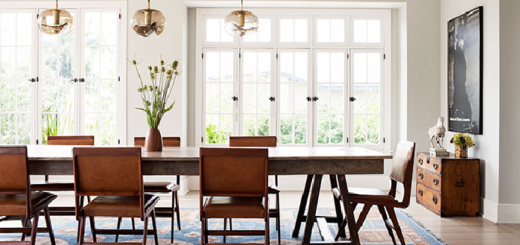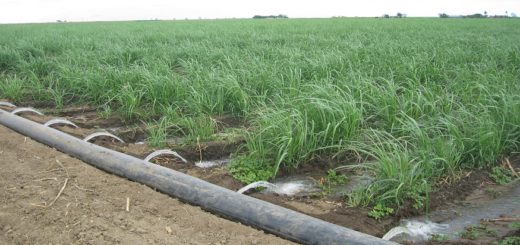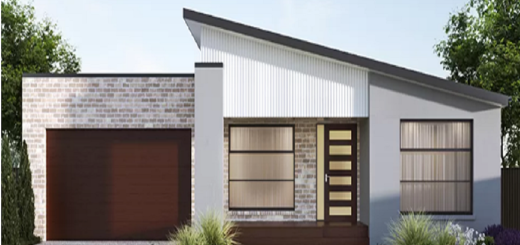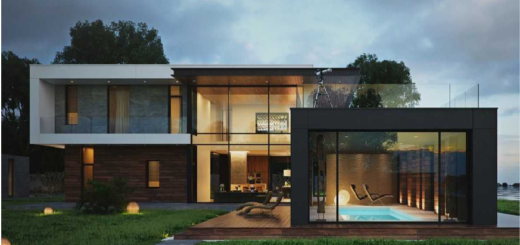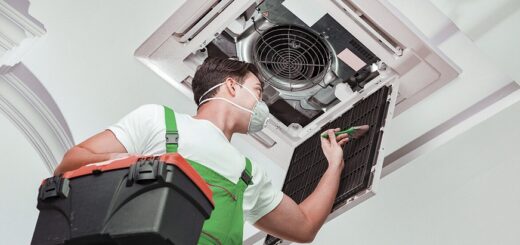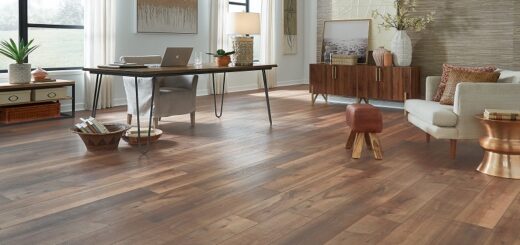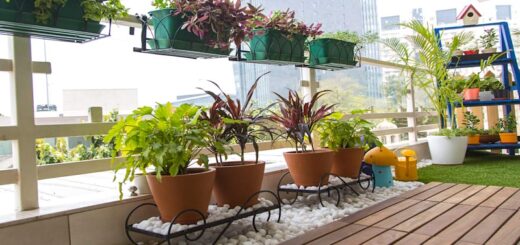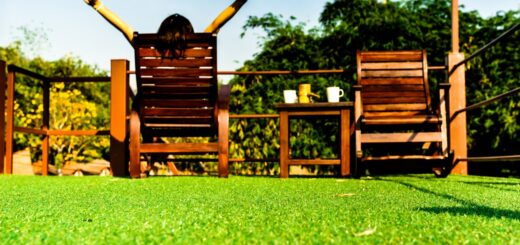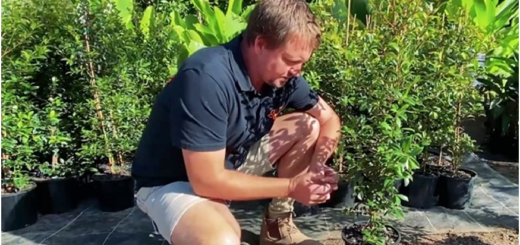9 Simple Ways to Create a More Energy-Efficiency Home
Yikes! We’re destroying the planet, and draining our bank accounts.
Typical households in the United States, have a carbon footprint that’s 5x bigger than the world average. Your carbon footprint is the total amount of greenhouse emissions you create. Greenhouse gases are bad because they cause health problems, and climate changes.
On top of destroying the planet, wasting energy at home is also expensive. If you’re ready to save the planet, and stop wasting money on high power bills, then this article’s for you!
Read on to learn how to have a more energy-efficiency home.
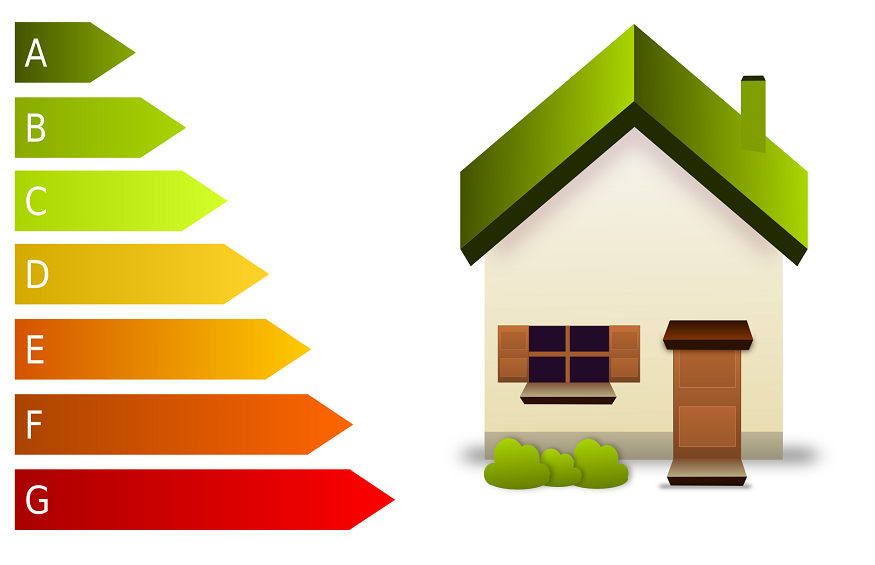
1. Get an Energy Audit
To start with, we highly suggest that you get an energy audit. You can hire a professional company to do the audit for you, or you can take a DIY approach. One of the benefits of getting a professional audit is that the company will leave you with a list of customized energy saving tips.
DIY Energy Audit
To audit your home’s energy, you’ll want to start by checking the insulation in the ceiling, and walls. While you’re in the attic, look to see if there’s a vapor barrier under the insulation.
The vapor barrier helps keep water vapors from weakening the insulation, thus making it ineffective. If there isn’t a barrier in the attic, you can paint your interior ceilings with vapor barrier paint.
2. Change the Direction of Your Ceiling Fans
Next, let’s talk about how your ceiling fans can play a big role in making your house more energy-efficient. There’s a switch on the base of most ceiling fans, that allows you to change the direction the fan blades move in. During the summer the blades should be set to spin counterclockwise.
By changing the direction counterclockwise, the air will be pushed down, creating a cooling effect. As a result, you won’t have to set your air conditioner at a super low temperature to keep your house chilled.
Whereas in the winter, you’ll want to set the ceiling fan to spin in a clockwise direction. The clockwise direction will create a soft updraft that distributes the heat to the floor.
3. Close Vents in Empty Rooms
Do you have a guest room that sits empty most of the time? If yes, then go ahead and close the vents in that room. Now you won’t waste any money heating or cooling a room that nobody’s using anyway!
4. Use Curtains and Carpets
Moving on, it’s often the simplest things that will help you have the energy-efficiency home you’ve always wanted. For instance, curtains are a great way to keep your house cool during the day. Keeping your curtains drawn means less natural light entering your house and heating things up.
On the other hand, if you have the heat on, curtains can also keep the warm air from slipping out of drafty windows. Next, carpets will help your house feel warmer during the winter months. As a result, you’ll be able to keep your heat at a more energy-efficient temperature, without having to worry about having cold feet.
5. Check All Windows and Doors
While curtains are great at preventing air from getting in or out of drafty windows, they’re not a permanent solution. To be a truly energy-savvy homeowner, you’ll also need to install energy-efficient doors and windows.
Look for a business that offers a lifetime warranty, like the one that’s available for milgard doors. Next, consider your budget before you go start shopping. If you’re looking to spend a little less, look for energy-efficient windows and doors with vinyl frames.
6. Get LED Lightbulbs
Are you still using incandescent bulbs? If yes, then it’s time for a change. The best energy-efficient home plans use LEDs. Why? LEDs use diode light, which is more energy-efficient than filament light.
7. Install a Door Sweep
Another simple way to keep your energy bill low is to install a door sweep. The door sweep will seal the gaps between the threshold and the bottom of your door. On top of saving on your heating and cooling bill, you’ll also be protecting your home from dust and bugs.
8. Upgrade Bathroom Fixtures
Next on our list of energy-efficient home ideas, when your budget allows you should look into replacing your bathroom fixtures. For instance, you can invest in a low-flow toilet that focuses on conserving your water usage.
Stop Wasting Water
Inefficient bathroom fixtures aren’t the only thing wasting water. Your lifestyle habits may also be contributing to your high energy bills. For instance, do you leave the water on when you’re brushing your teeth? Are you taking extra long showers, or letting the water run while you’re not in the shower?
From now on, whenever you’re using water in your house, pay attention. Ask yourself, “Is there anything I could do to use less water right now?”. More often than not, you’ll realize you don’t need as much water for the task at hand as you were using.
9. Change Your Air Filter
When your air filter’s dirty, your air conditioner has to work harder, thus using more energy. A dirty air filter can also cause all sorts of health problems since it’s no longer protecting the air in your house from outside contaminants.
You should check your air filter at least once every 2 months. If you have pets, we suggest checking, and changing the air filter every month, or more.
Have the Energy-Efficiency Home of Your Dreams
Congratulations, now you know the top tips to have the energy-efficiency home you’ve always hoped for. Remember, knowing where you’re losing hot or cold air is a great starting place.
Decide today whether or not you’re going to hire a professional, or do the energy audit yourself. If you decide to hire a professional, make sure you schedule the audit for a day when you’ll have plenty of time to ask all of your energy-saving questions. For more helpful tips, read another one of our articles.

